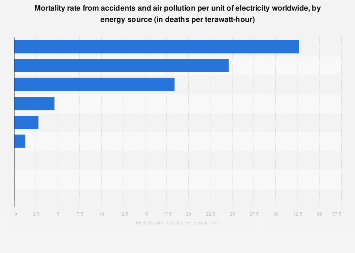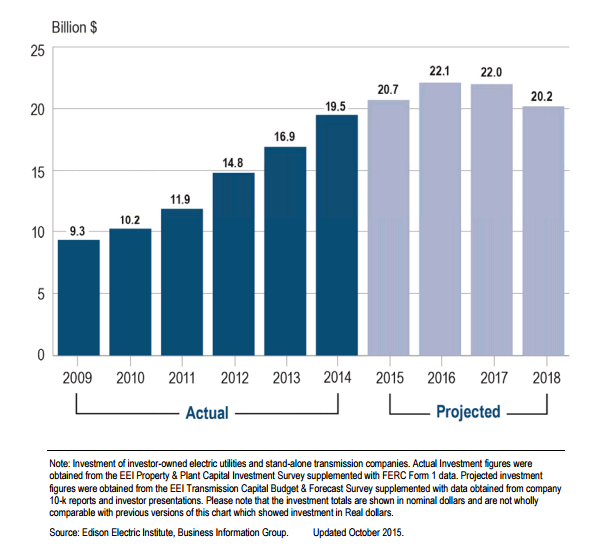The charge stays until it can move away through an electric flow or electrical release. Electricity produced via friction is named conversely, to flow power, where the electric charge courses through an electrical channel or space, and communicates energy. A static electric charge can be made at whatever point two surfaces contact and have worn and isolated, and something like one of the surfaces has high protection from the Houston Energy Plans . The impacts of electricity produced via friction are natural to the vast majority since individuals can feel, hear, and even see the flash as the overabundance charge is killed when carried near a huge electrical transmitter, or a locale with an abundance charge of the contrary extremity. The recognizable peculiarity of a static shock – all the more explicitly, an electrostatic release – is brought about by the balance of a charge. Materials are made of iotas that are typically electrically nonpartisan since they contain equivalent quantities of positive charges and negative charges. The peculiarity of friction-based electricity requires a partition of positive and negative charges. At the point when two materials are in touch, electrons might move from one material to the next, which leaves an abundance of positive charge on one material, and an equivalent negative charge on the other. At the point when the materials are isolated they hold this charge unevenness.
Contact-actuated charge detachment
The extremity and strength of the charge on a material, whenever they are isolated, rely upon their relative situations in the triboelectric series. The triboelectric impact is the primary driver of electricity produced via friction as seen in regular daily existence and in like manner secondary school science showings including scouring various materials together (e.g., fur against an acrylic pole). Contact-prompted charge detachment makes your hair stand up and causes a “static grip” (for instance, an inflatable scoured against the hair turns out to be adversely charged; when close to a wall, the charged inflatable is drawn to decidedly charged particles in the wall, and can “stick” to it, seeming, by all accounts, to be suspended against gravity).
Charge-prompted charge division
A charged item carried near an electrically impartial item causes a partition of charge inside the unbiased item. Charges of a similar extremity are repulsed and charges of the contrary extremity are drawn in. As the power because of the communication of electric accuses tumbles off quickly of expanding distance, the impact of the nearer (inverse extremity) charges is more prominent and the two items feel the power of fascination. The impact is most articulated when the nonpartisan item is an electrical channel as the charges are more liberated to move around. Cautious establishing of part of an item with a charge-incited charge division can for all times add or eliminate electrons, leaving the article with a worldwide, long-lasting charge. This cycle is vital to the operations of the Van de Graaff generator, a gadget regularly used to exhibit the impacts of electricity produced via friction.
Eliminating or forestalling

Development of static charge can be basically as straightforward as opening a window or utilizing a humidifier to expand the dampness content of the air, making the climate more conducive. Air ionizers can play out a similar errand. Things that are especially delicate to static release might be treated with the utilization of an antistatic specialist, which adds a directing surface layer that guarantees any overabundance charge is uniformly dispersed. Cleansers and dryer sheets utilized in clothes washers and garments dryers are an illustration of antistatic specialists used to forestall and eliminate static grip. Numerous semiconductor gadgets utilized in hardware are especially delicate to static release. Conductive antistatic sacks are usually used to safeguard such parts. Individuals who work on circuits that contain these gadgets frequently ground themselves with a conductive antistatic lash.



